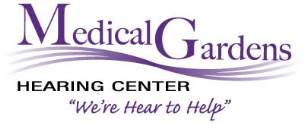What Is Aural Rehabilitation?
Aural rehabilitation is the process of helping someone effectively adjust to and manage his or her hearing loss. Methods of rehabilitation are focused on helping overcome the challenges caused by hearing loss, therefore improving the quality of day-to-day life. Adult rehabilitation strategies differ significantly from those used for children.
Adult rehabilitation may be offered in individual or group settings and generally encompasses these main points:
- Adjusting to and learning about your specific type of hearing loss
- Improving communication skills
- How to use, care for, and make the most of your hearing aids
- Exploring accessories for your hearing aids







